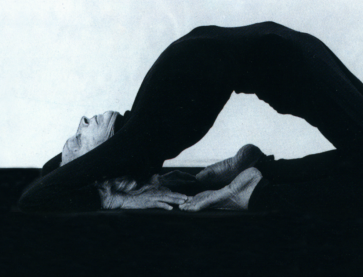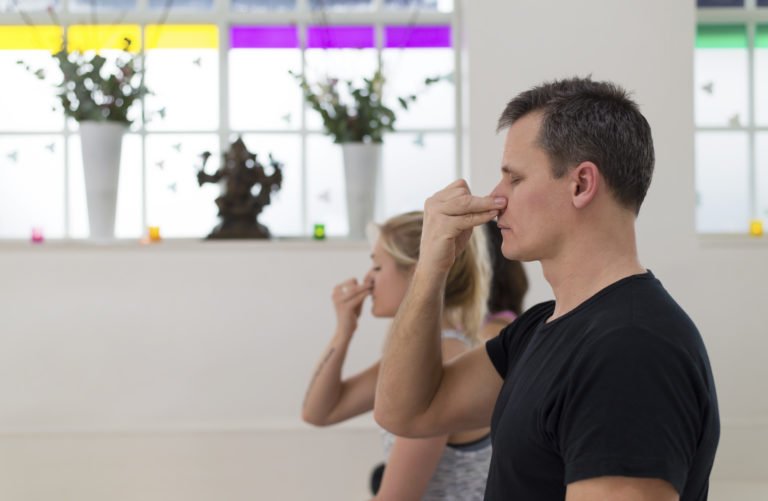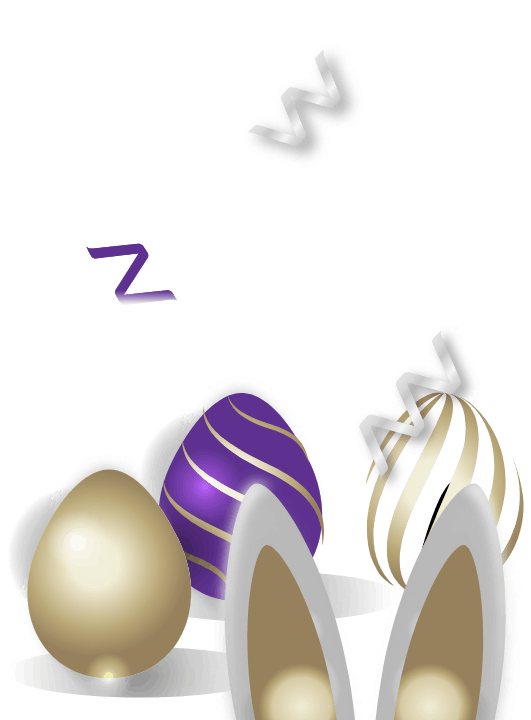people start yoga to make changes
In the west, we are familiar with photos of yoga practitioners engaged in poses that stretch the body to the extreme: deep backbends, strong leg stretches, challenging balances. The word “yoga” has become, to many, synonymous with gymnastic positions more usually expressed by acrobats and contortionists. And yet, yoga was originally conceived as a preparation for sitting in meditation. The asanas were a series of physical exercises designed to release tension from the body to enable us to sit cross-legged and comfortably still for long periods.
Part of the allure of yoga is that it brings the promise of change. We take up yoga to help with poor posture, bad backs, insomnia, or just to relax. A few begin with the aim of becoming more flexible, sometimes hoping to one day twist themselves into one of those pretzel poses (much beloved of advertisers and glossy magazine covers).
In the search for change, it helps to understand our starting point.
With all the recent attention on overstretching and over working in yoga, maybe it’s time to rethink your practice. Many of us are drawn to yoga because we’ve heard that it can help us move with more flexibility and ease, and that it can help us relax and let go. However, we can’t force a release… we can only invite it.
when less (effort) is more (ease)
A student once came to me concerned about her yoga practice. It was at the end of my annual retreat, during which I’d focused on teaching the gentle, gradual unfolding yoga inspired by the work of Vanda Scaravelli. My student confided that the experience had made her rethink her approach to yoga. She’d increasingly found her regular (strong, dynamic) practice a struggle: “My body just doesn’t like working that hard. I used to think that I just needed to practice more to improve, but I already practice 6 days a week, and now I’m beginning to wonder whether I just need to slow down and change the way I’m working all together”.
Scaravelli-inspired yoga, as she had discovered, is not about quantity of work, but instead the quality of the movement. When we do less, we learn to feel more, and our bodies reap the benefits as they soften and yield, becoming more supple and elastic. In a typical class, we work in simple positions, examining each one deeply, carefully observing how it affects us. As we slow down and take our time, the body gradually lets go and releases, inviting us to move more deeply the pose, unfolding until the movement becomes light, spacious and, ultimately, easy.
The key to Scaravelli’s style is in understanding that we cannot force a release; we can only invite it. As Vanda herself explained in her book, Awakening the Spine: “You have to learn how to listen to your body, going with it and not against it, avoiding all effort or strain. You will be amazed to discover that, if you are kind to your body, it will respond in an incredible way.”
More people are beginning to gravitate towards this approach, as they realise the benefits of slowing down, and giving the body time to respond. With less effort, there is less strain (and therefore fewer opportunities for injury) and the body becomes more resilient and responsive.
Whilst this approach is gentle on the joints and structures of the body, it shouldn’t be considered the easy option. We still work, and the practice is still demanding on many levels. Students often remark that they feel physically refreshed, but psychologically tired at the end of class. Typically, we spend more time than usual working and sensing in each pose. This invites a particular quality and depth of attention, which may be new, and can be challenging.
There’s a need to balance flexibility and softness with stability and strength, creating a strong grounding from which we can rise up and discover lightness.
Catherine is a member of the yoga teacher training faculty at triyoga and is well known for her imaginative and practical approach to yoga. Originally a professional dancer, she discovered yoga as a teenager, and has been practicing for more than 30 years. Having explored sivananda, iyengar, ashtanga and various forms of hatha yoga, she eventually gravitated to the teachings of Vanda Scaravelli, and has created one of the few Scaravelli-inspired yoga teacher training intensives.











